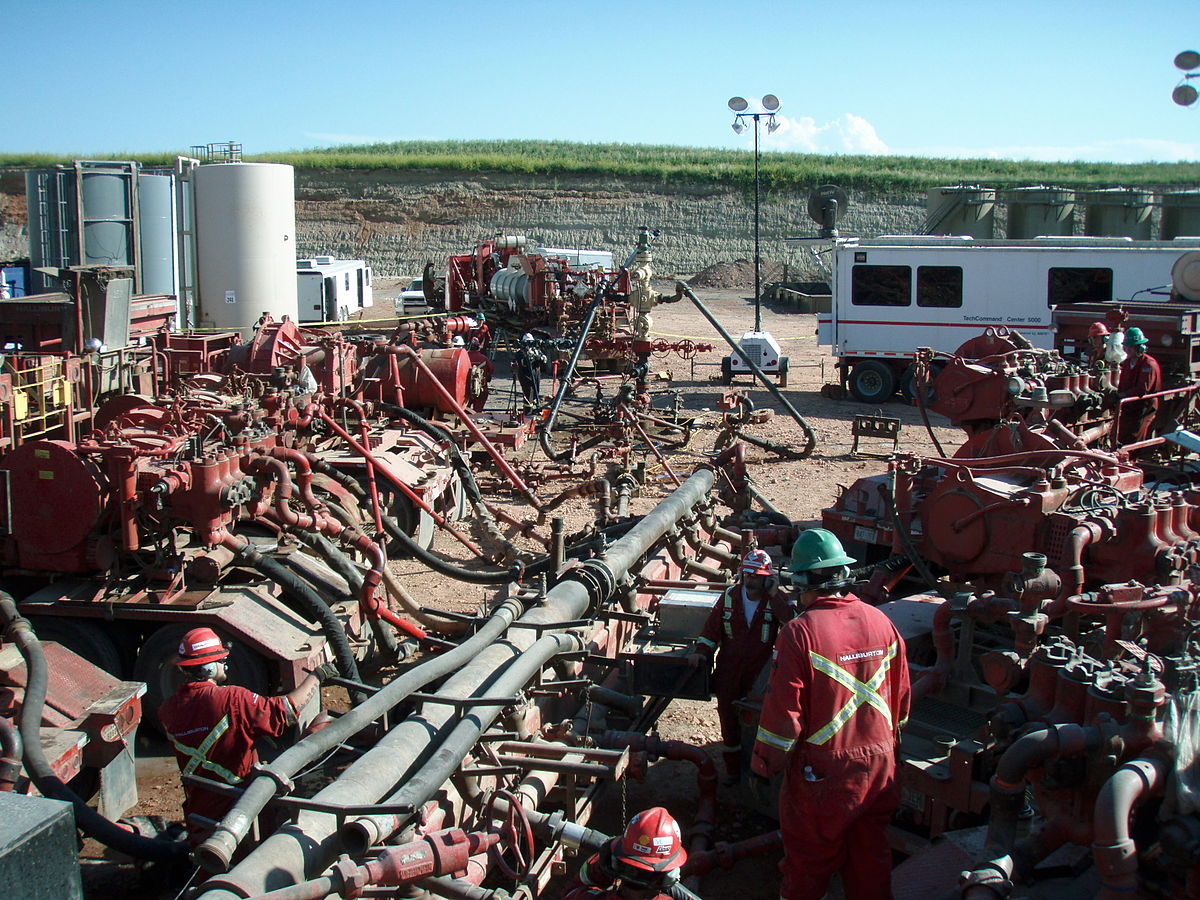Oil prices rose and oil and gas production boomed during the third quarter of 2018. But the US fracking sector continued its nine-year streak of cash losses.
All told, a cross-section of 32 publicly traded fracking-focused companies spent nearly $1 billion more on drilling and related capital outlays during Q3 than those companies generated by selling oil and gas. Only 10 of the 32 companies secured positive cash flows for the quarter, and only eight generated positive cash flows over the trailing 12-month period.
These results may surprise those who incorrectly equate rising output with financial success. US oil and gas production hit an all-time high during the third quarter, even as oil prices rose to $70 per barrel. But even with those advantages, our sample of mid-sized oil and gas producers continued to hemorrhage cash, due to the high cost of drilling and the industry’s seemingly insatiable thirst for capital.
Read more: In financial terms, America’s fracking boom has been a world-class bust
The inability of fracking-focused companies to generate consistent free cash flows, even with soaring production and higher oil prices, raises a critical question: will fracking companies ever produce enough cash from oil and gas sales to cover their capital outlays?
This analysis of third-quarter results is part of an ongoing analysis of the US fracking industry and is focused specifically on cash flow. This report was created in partnership with the Institute for Energy Economics & Financial Analysis (IEEFA). See the full report below.


Comments are closed.